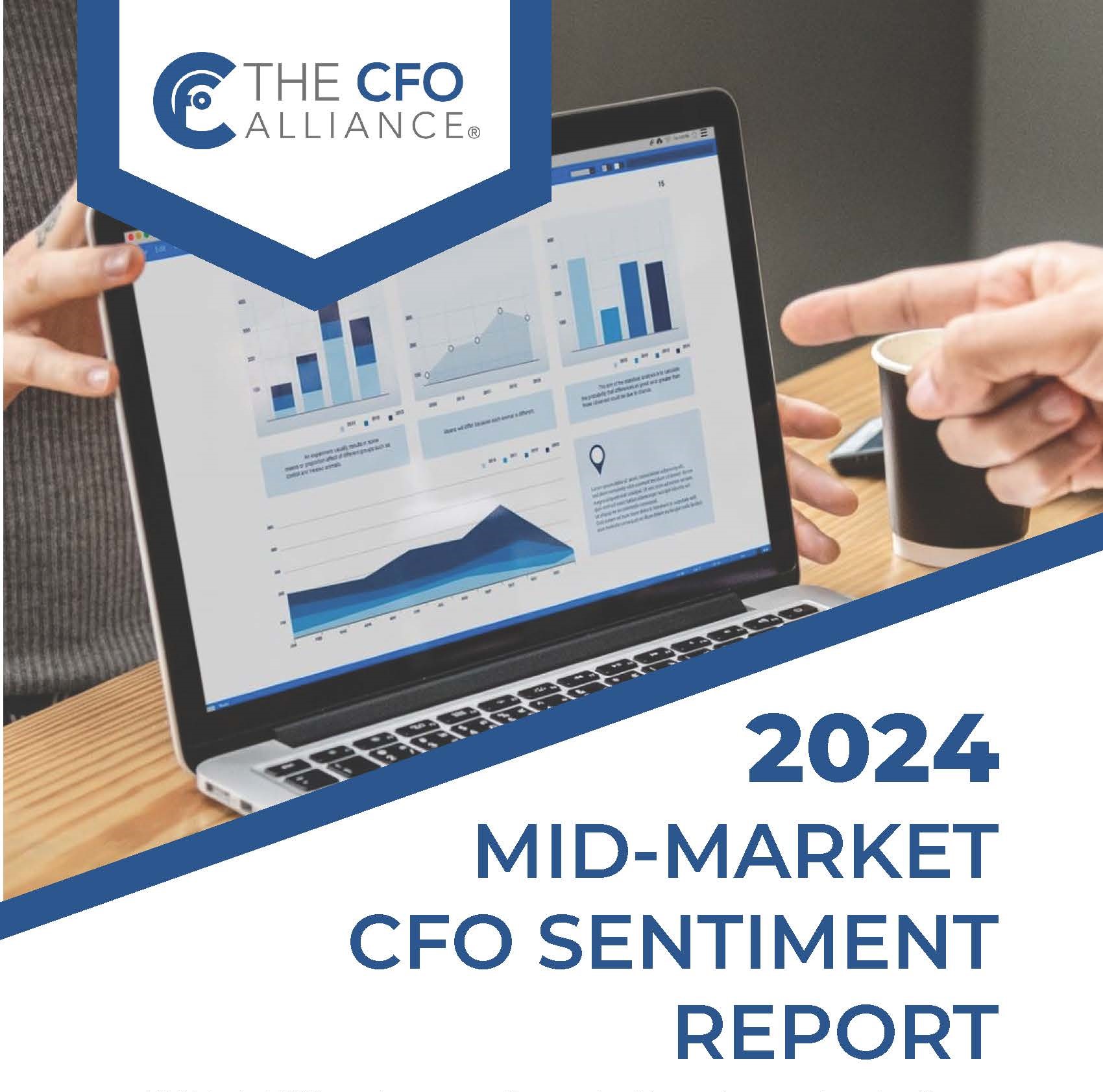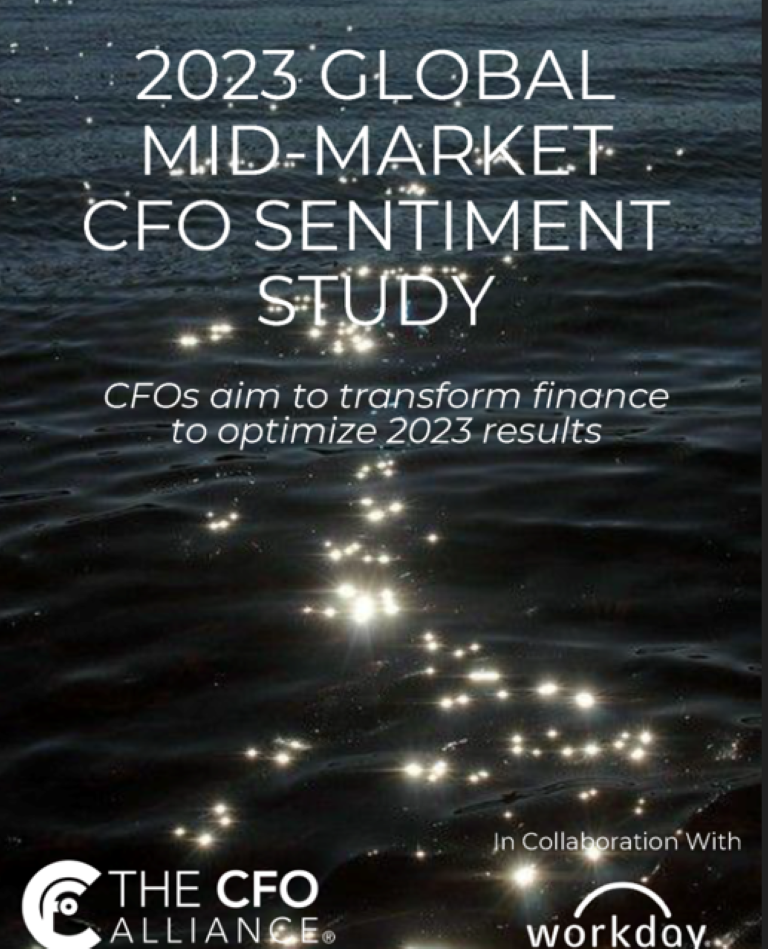Deal & Capital Prep: Pointing the Arrow in the Right Direction
When a business owner or leader asks, "how much is my company worth?", it is natural for the starting point to be a review of historical financials. However, this is not the critical determinant of value, but is instead the starting point of a dialogue where prospective options can be unearthed and the real drivers of value can be explored. When you are speaking to lenders, investors, partners, or buyers, the discussion can vary meaningfully. You need to load the right arrow, and point it in the right direction.
The Right Story for the Right Audience
Capital providers or partners may have reference metrics based on historical performance (e.g. a multiple of EBITDA), but outside of hard asset valuation no transaction thesis is based on last year's earnings. Instead, it's about the belief and credibility to replicate and grow upon that historical foundation. So how is that belief and credibility established?
No transaction thesis is based on last year's earnings.
The first step is to Know Your Story. A walkthrough of the performance to date, the opportunity ahead, and the roadmap to achieve success. The more detail, the more credibility. Planning, and the detail behind it, is the singular counter to a lack of previous experience. Your team need not have done it 10x before to be credible, but if you are heading into uncharted waters you need to put the work in to convince others that the arrow is pointed in the right direction.
The next step is to Know Your Audience. That story needs to be connected to the perspective and goals of those to whom you are pitching. Lenders, growth investors, and buyers think about the world very differently in terms of risk and return. Showing that you understand their individual perspectives goes a long way to establishing further credibility for your team. You may have the arrow pointed in the right direction for your goals, but it is equally important that the target you are aiming at is the one for you to hit...and in this case, wants to be hit!
Capital May Like Your Widget, But Capital Loves Capital
You might have the best product. A sexy widget. So amazing it sells itself. Except when it comes to capital. When you are asking for capital, any kind of capital, that capital isn't looking to be paid in widgets. That capital wants to turn its capital into more capital.
Capital may care deeply about the quality of your product or service, but that alone won't turn capital into more capital.
So when the time comes to present your story, you can't focus on only widget lingo, you have to also speak capital. Very often this can seem like a completely different language. The solution is to present your business and outlook through the lens of finance.
Here's a brief sample list of what that means and what it takes to be effective:
- Explain the unit or single asset economics associated with your business, i.e. what it costs to make and sell one unit, and at what gross margin can you sell it for, and the expectations for these economics going forward as you grow;
- How do you think through capacity and utilization, and what fixed asset or overhead investments are required to sell the amount of widgets you hope to sell through whatever timeframe you're discussing;
- Present a credible outlook with a focus on the financial components critical to your capital audience (e.g. lenders care more about maintaining bottom line for leverage ratios, whereas growth equity can tolerate volatile profitability in the pursuit of top line expansion); and,
- Show you understand the prospective fit of the capital in terms of return potential (e.g. show growth equity a 5% return profile and it will be a pretty short meeting).
The lens of finance is a critical perspective to attract capital.
Next Steps
Understanding your available options and tailoring your narrative for your audience(s) are critical components of the transaction process. Further, these are items that ideally are completed before your first conversation with potential lenders, investors, partners, or buyers. We'll be digging in further to the components of the process and drivers of value throughout this article series. Stay tuned!
Ben Lehrer is the CEO at First Water, a Houston-based advisory firm connecting teams with data and companies with capital through Relational Finance. First Water delivers the power of big company finance departments to smaller businesses to help SMB leaders and owners harness data, look forward, assess options, attract capital, and transact with confidence in pursuit of their goals. Connect with us here on LinkedIn, leave comments below, and join our community to get the latest in finance content.




